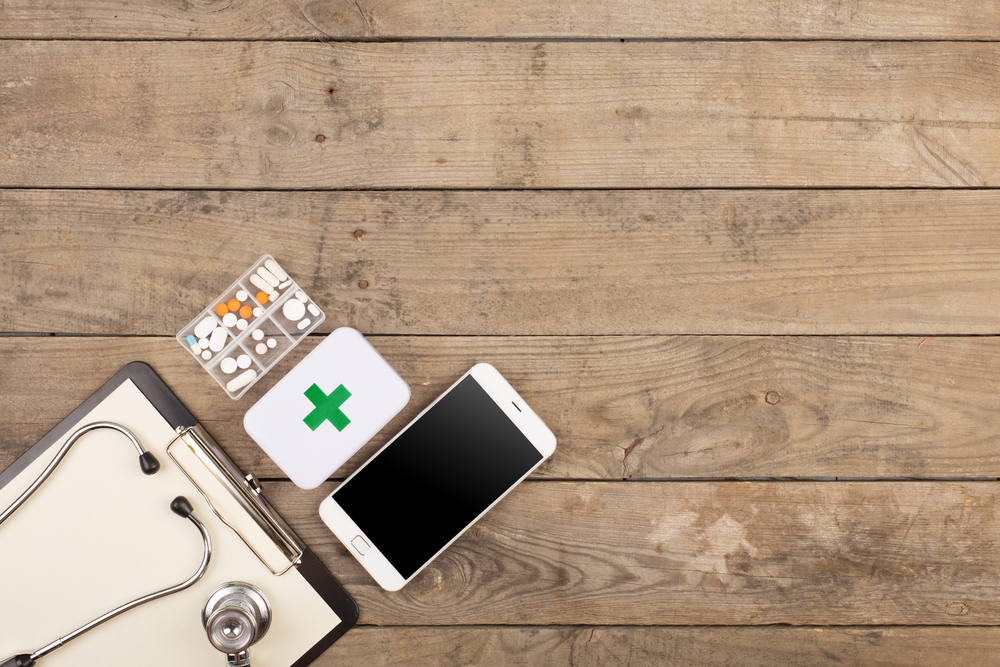Smartwatch Could Help Patients Manage Blood Pressure Drops

Tracking blood pressure with a smartwatch could help people with Parkinson’s disease manage the sudden drop in blood pressure — called orthostatic hypotension — that can occur when changing positions, according to a study by researchers at the Samsung Medical Center, in South Korea.
Measurements obtained with Samsung’s smartwatch Galaxy Watch3 were comparable to those obtained with a conventional blood pressure cuff. However, the smartwatch is more portable and convenient to use, the company says.
“Orthostatic hypotension is a common and challenging symptom that affects people living with [Parkinson’s disease]. But it is hard to screen just by observing symptoms, and the problem may go undetected when measuring [blood pressure],” the team said in a press release.
“If we could use a smartwatch to measure patients’ [blood pressure] regularly and detect potential issues at an early stage, it would really help treat and manage [Parkinson’s disease],” they said.
The study, “Validation of blood pressure measurement using a smartwatch in patients with Parkinson’s disease,” was published in Frontiers in Neurology.
Orthostatic hypotension is a common non-motor symptom of Parkinson’s and is characterized by the body’s inability to maintain adequate blood pressure and flow to the brain when a person stands from a sitting position or otherwise changes position. It results in dizziness, lightheadedness, fatigue, and blurred vision, among other symptoms — and can cause some people to fall or faint.
“A study reported that 32% of patients with [Parkinson’s] had orthostatic hypotension (OH), which is associated with a poorer prognosis, cognitive decline, and a higher risk of falls,” the researchers wrote.
The condition is caused by the impaired release of the signaling molecule norepinephrine upon standing. That, in turn, is due to a dysfunction of the autonomic nervous system — which controls involuntary actions such as digestion and heartbeat — that is often associated with an underlying neurodegenerative disorder such as Parkinson’s.
Taking regular measurements of one’s blood pressure is crucial for managing orthostatic hypotension and could be done by using a smartwatch that tracks BP “anytime and anywhere,” the researchers wrote.
Previously, according to the researchers, Parkinson’s patients have been excluded, due to tremor, from validation studies testing smartwatches. “They were believed to be subjects not suitable for the validation of BP measurement … because of involuntary movement,” the team wrote.
Now, these investigators looked at how accurate and reliable measurements of blood pressure were using a smartwatch. To that end, they compared the measurements of the Galaxy Watch3 (model SM-R850) with those of a sphygmomanometer — a device that is often used in clinic and home settings to measure blood pressure.
The smartwatch is equipped with a sensor that can detect changes in the volume of blood flowing along capillaries, or tiny blood vessels. Users can then monitor their blood pressure and other vitals in the Samsung Health Monitor app and share them with healthcare professionals.
Of note, the app is not meant to make a diagnosis of high blood pressure (hypertension) or other conditions, or to check for signs of a heart attack.
The study included 56 people — 33 men and 23 women — with a mean age of approximately 67. The participants wore a sphygmomanometer on one arm and the Galaxy Watch3 on the other, and each person had their blood pressure measured with both devices three times.
Both the systolic blood pressure and the diastolic blood pressure measurements taken by the two devices were closely correlated, meaning they were comparable. Of note, systolic blood pressure is the pressure in the arteries when the heart beats and fills them with blood, while diastolic BP is the pressure in the arteries when the heart rests between beats.
The researchers concluded that a smartwatch such as the Galaxy Watch3 “is an accurate and reliable method” for measuring the blood pressure, adding that these results suggest that “[blood pressure] measurement using a smartwatch will become an important tool in monitoring of PD [Parkinson’s disease].”
Limitation of the study included its small size and the exclusion of patients with severe resting tremor.
Blood pressure monitoring currently is available through the Samsung Health Monitor app and is available in approximately 40 countries, the company said.







